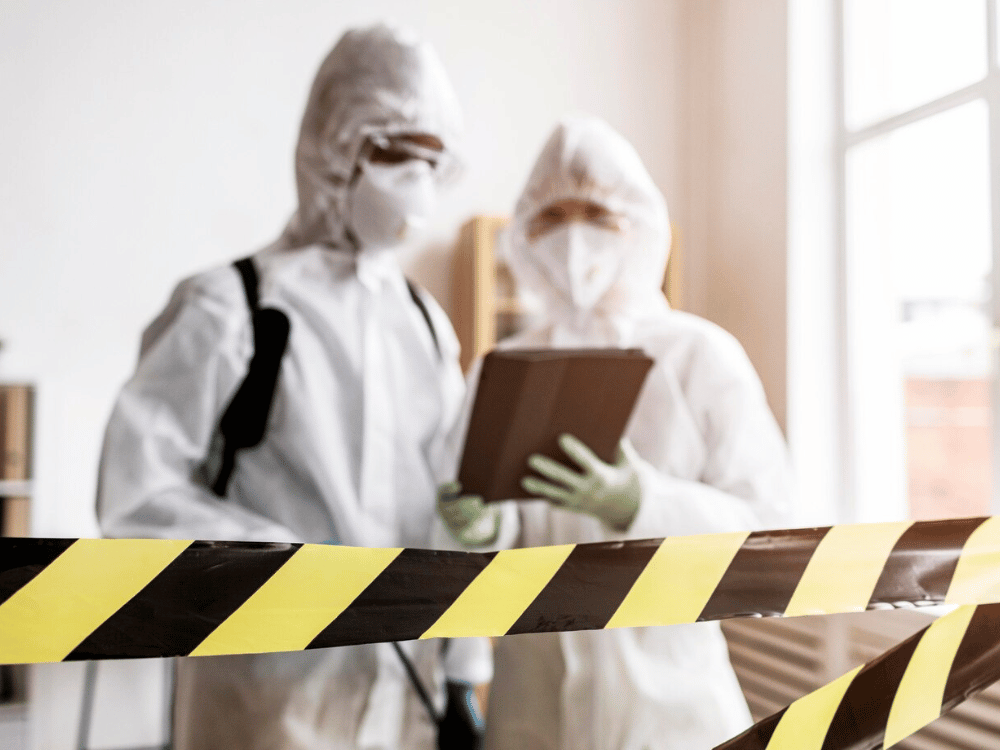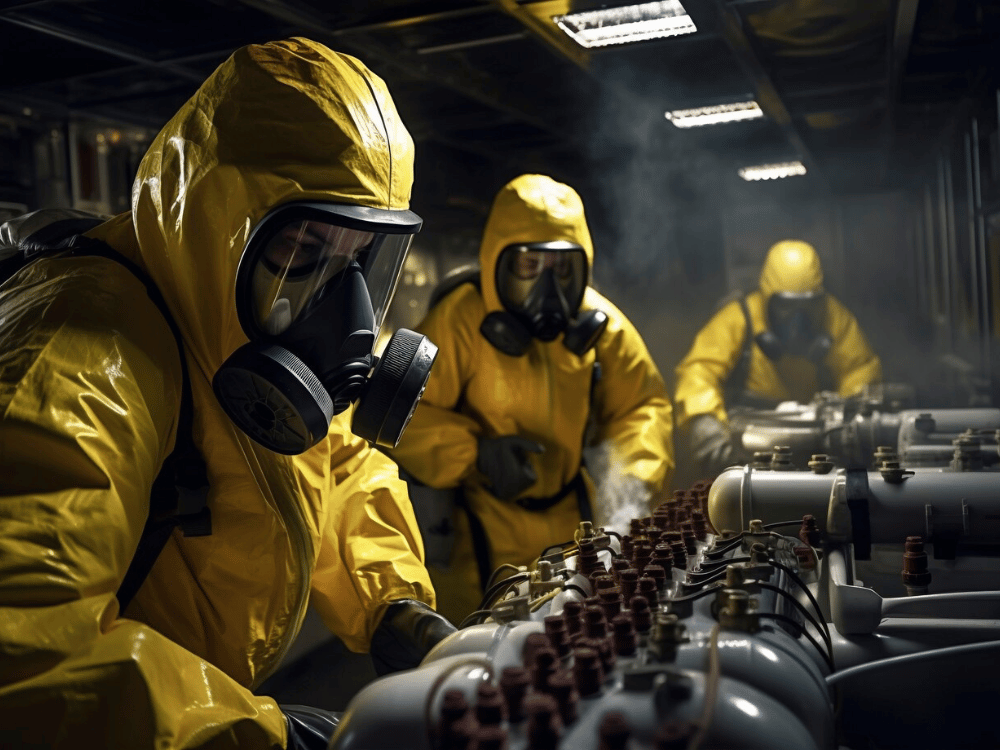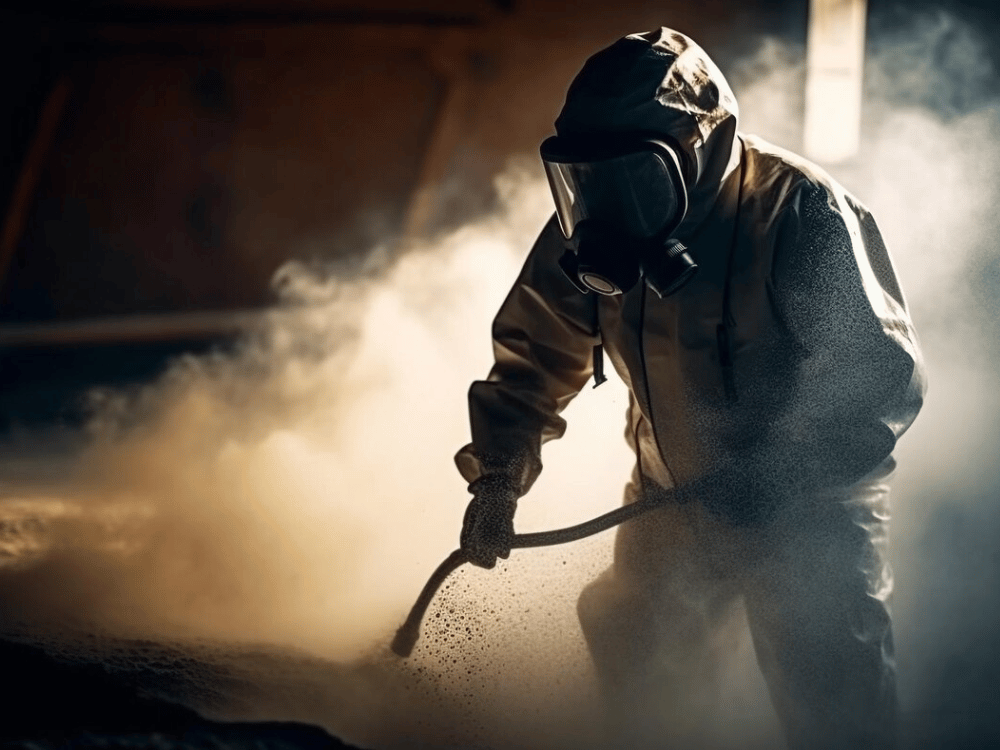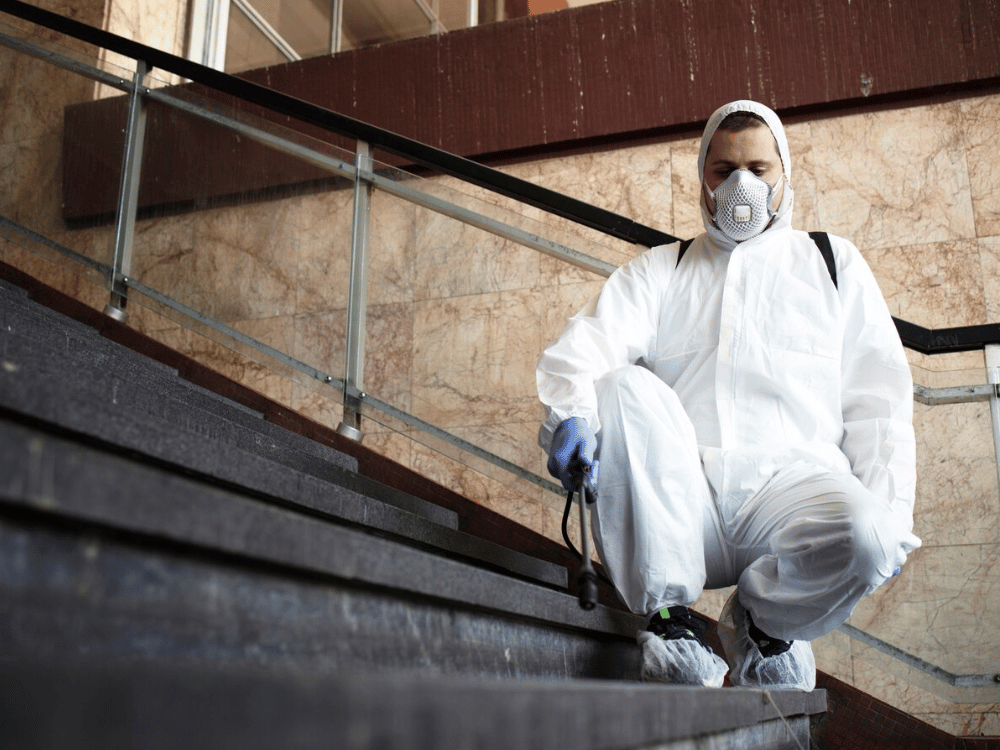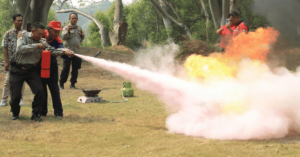In 2023, 12,000 deaths from lung diseases—mainly COPD, lung cancer, and mesothelioma—were recorded, caused by being near harmful substances for prolonged hours at work.
Not to mention, thousands of workers annually suffer from occupational asthma and dermatitis—the third most common disorder in the UK, often caused by chemical exposure.
The Control of Substances Hazardous to Health (COSHH) is a legislative framework established by the Health and Safety Executive (HSE) to safeguard workers against such toxic substances (biological agents, chemicals, dusts, fumes, etc.).
Employers who fail to comply with COSHH standards face severe penalties. Thus, to remain compliant and (more importantly) ensure your workers are protected against life-threatening substances, performing COSHH risk assessments is mandatory.
On that note, this blog will walk you through the key steps of doing a COSHH risk assessment, including legal obligations, best practices, insider tips and more.
Note: If you want to go the extra mile for the safety of your employees, we at TSW Training provide a comprehensive COSHH training course for all the right information and guidance to manage hazardous substances in the workplace. To find out more, get in touch with us right now.
What is a COSHH Assessment?
A COSHH assessment is an in-depth analysis of the hazards for worker health caused by toxic substances in the workplace. The Control of Substances Hazardous to Health 2002 Regulations mandate this process to safeguard on-site employees from any possible harm caused by these substances.
COSHH Risk Assessment Example
Need an idea on how to perform risk assessments like a professional?
Take a look at Health & Safety Executive’s compilation list of COSHH risk assessment examples across different industries—Electronics, Warehouse, DIY Shop, and more. You can also check out real-life case studies of COSHH for an in-depth understanding of harmful substance exposure at workplaces.
Importance of COSHH Assessments
Are COSHH assessments just obligatory paperwork? In reality, they’re highly useful for protecting workers’ health, ensuring legal compliance, and creating a safer, more productive workplace. Here’s how:
Safeguarding Worker Health
Hazardous compounds can cause various diseases, including skin irritation, respiratory issues, and even long-term conditions like cancer. Around 1.8 million UK workers had suffered from work-related illnesses caused in 2023, according to the Labour Force Survey reports. Periodic COSHH risk assessments help detect and prevent these numbers from rising.
Increased Operational Efficiency
Workplace illnesses and mishaps dramatically lower morale and reduce employee productivity.
The British Safety Council reveals that, on average, the UK loses 33 million workdays annually to illnesses. COSHH assessments help avoid these incidents, promoting employee health and safety, smooth operations, and a good employer reputation.
Win-win Investment
Work-related illnesses cost UK employers around £13.1 billion in 2022, i.e. the unit cost of £19,000 per case.
As evidenced, the expenses associated with occupational illnesses—compensation claims, possible penalties, and lost productivity—far outweigh the cost of a COSHH examination. Thus, investing in COSHH protects workers and the company’s financial line.
What is The Difference Between a COSHH Assessment and a Risk Assessment?
Risk assessments and COSHH assessments, although both essential for workplace safety, share slightly different goals. Here’s a brief overview of the key differences:
| Feature | COSHH Assessment | Risk Assessment |
| Focus | Hazards brought on by specific substances found at worksites. | All occupational hazards, e.g. substances, equipment, processes, work environment, noise, etc. |
| Scope |
|
|
| Legal Requirement |
Mandatory as per the Control of Substances Hazardous to Health Regulations 2002 |
Mandatory as per the Management of Health and Safety at Work Regulations 1999 for all significant workplace risks. |
Note that any comprehensive workplace safety strategy requires both COSHH assessments and risk assessments.
COSHH Risk Assessment Training
There is no set timeline for COSHH assessment training. However, it is highly advised in situations when:
- New substances are introduced, or when workers are exposed to more hazardous substances than before
- Hazardous material-related accidents or near-misses happen in the workplace
- New employees join; train them about the substances/processes used in your company (even if they have some prior broad knowledge).
Always look for training providers who offer programs specifically designed to comply with COSHH regulations and HSE guidelines. Verify that trainers have the necessary experience, and look for certifications and accreditations as markers of quality.
At TSW Training, our COSHH training course is designed to inform, instruct and train your staff and help safeguard themselves against toxic substances in the workplace with pinpoint accuracy. Contact us today to get started.
What Should a COSHH Risk Assessment Include?
As per HSE resources, a COSHH assessment must include the following:
- Substance’s name, associated risks, and probable health consequences of prolonged exposure
- Name of tasks that involve the substance and its exposure levels and routes
- Control measures for usage, handling, storage, and disposal of the substance
- All emergency precautions, response plans, and health surveillance do’s and don’ts.
Now let’s look at how employers can perform a COSHH risk assessment as per legal standards.
How Many Steps Are There To COSHH Compliance?
COSHH compliance is a multi-stage continuous process to ensure worker safety and boost productivity at work. Here’s an overview of the five main steps:
- Step 1 – Risk Assessment: Carry out a comprehensive COSHH risk assessment by identifying the harmful substances exposed to workers and evaluating their risks.
- Step 2 – Control Implementation: Put the required control measures in action, giving priority to eliminating or replacing hazardous substances whenever you can.
- Step 3 – Information and Training: Clearly explain the hazards and preventive actions to staff members. Give them the right instructions and training.
- Step 4 – Monitoring and Review: Closely monitor the control measures’ efficacy from time to time. Revisit and update your risk assessments as necessary.
- Bonus Step – Backup Planning: Plan in advance to manage unforeseen spills, leaks, and other hazardous substance situations.
While training your staff about COSHH regulations, always choose industry-leading, highly accredited COSHH training courses.
What Document Should Accompany a COSHH Risk Assessment?
Primarily, a chemical Safety Data Sheet (SDS) should accompany a COSHH risk assessment.
It’s a critical document that details the hazards of a chemical substance or mixture, including identification, handling instructions, chemical properties, first-aid tips, and potential health and environmental impacts.
Whose Duty Is It to Carry Out a COSHH Risk Assessment?
Employers bear the explicit responsibility for carrying out COSHH risk assessments.
This duty is clearly non-delegable, which means that even if certain tasks are assigned to their staff, the employer remains ultimately responsible for the test’s success.
Is a COSHH Risk Assessment a Legal Requirement?
Yes, COSHH assessment is mandated as per the Control of Substances Harmful to Health Regulations 2022.
By performing COSHH assessments, employers fulfil their legal responsibility to ensure workplace safety. When corporations fail to comply, there can be serious repercussions, i.e. heavy fines and legal action.
When is it a Legal Requirement to Record The COSHH Risk Assessment?
According to COSHH regulations, firms with five or more employees must document the key findings of their COSHH risk assessments. This record demonstrates that a thorough evaluation was performed, that risks were recognized, and that appropriate control measures are in place.
What Does COSHH Identify as Hazardous Substances?
The Control of Substances Hazardous to Health laws classify a wide range of substances as toxic and hazardous, including:
- Chemicals: Paints, adhesives, solvents, cleaning supplies
- Chemical-based products: lubricants, resins, inks, etc.
- Fumes: welding, soldering, etc. processes
- Dust: Microscopic particles of wood, stone, or grain
- Biological Agents: Viruses, bacteria, and microbes that cause infection.
What Indicator Should You Look For To See If A Commercial Chemical is Covered By COSHH?
COSHH-compliant commercial chemicals will always have hazard warning labels, as per HSE.
These labels include well-known hazard pictograms, signal phrases (“Warning” or “Danger”), and hazard statements that describe specific risks associated with prolonged exposure. Always check the product’s Safety Data Sheet for detailed hazard information and handling instructions.
Does COSHH Cover Asbestos?
No, COSHH does not cover Asbestos. Asbestos has its own set of regulations, known as the Control of Asbestos Rules 2012. This is because asbestos exposure has unique and long-term health concerns.
Conclusion
Your commitment to the safety and well-being of your employees is evident when you closely follow COSHH regulations and perform timely risk assessments. This commitment reduces high absenteeism, boosts worker productivity, and prevents legal penalties, alongside protecting your staff.
At TSW Training, our skilled trainers can lead you through risk identification, control measure implementation, and how to perform COSHH assessments to keep your workplace safe and compliant.
Contact us today to learn more about how our COSHH training solutions can help your organisation improve its health and safety standards.


